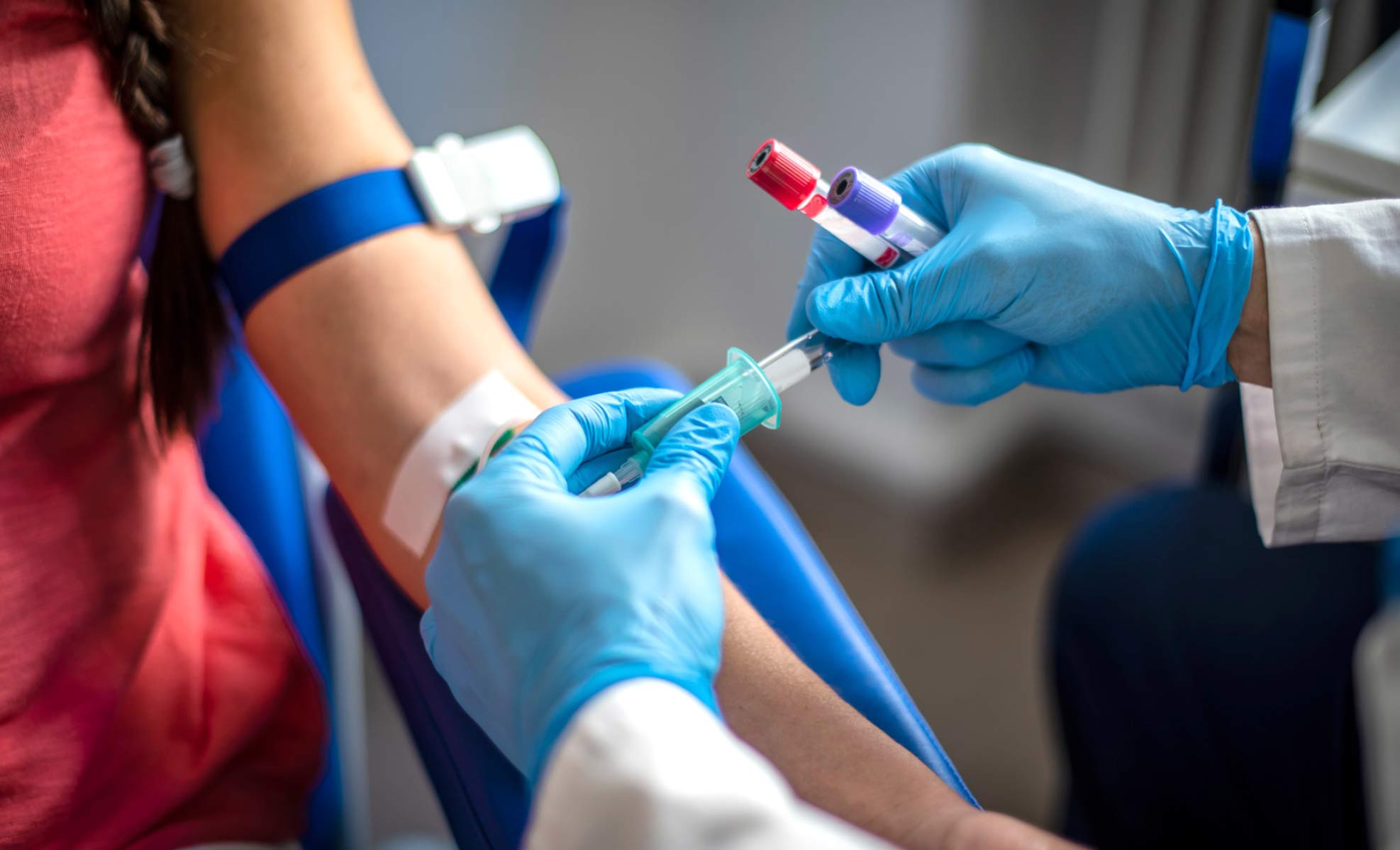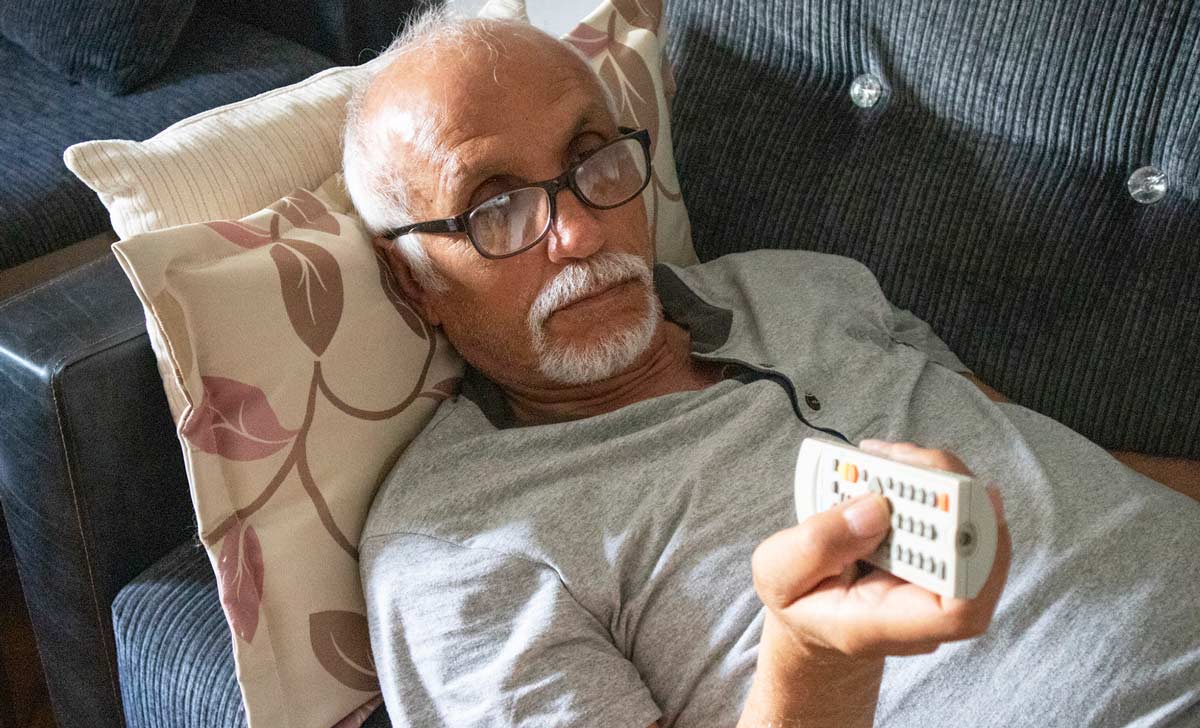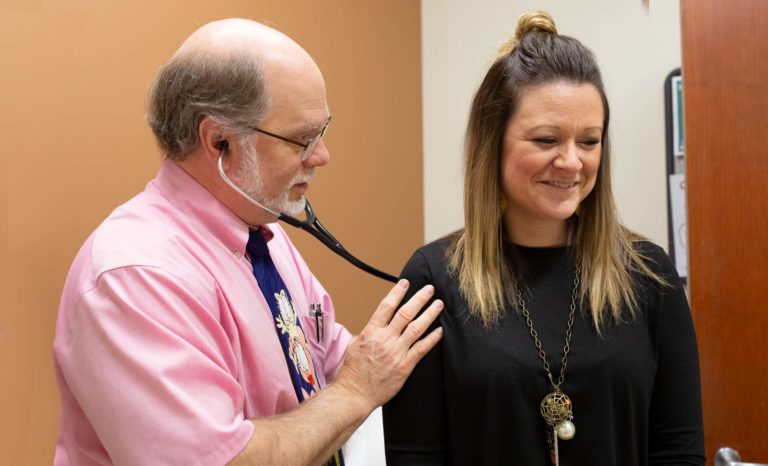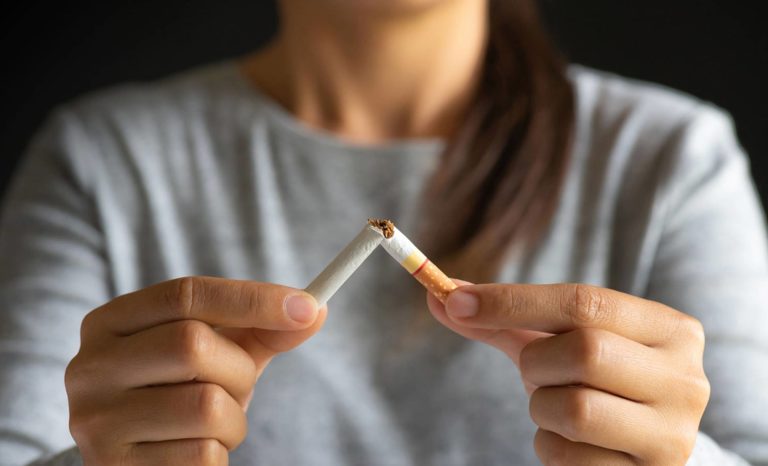Most people hear “cholesterol” and think, “Oh, that’s bad.” But the truth is that there are different kinds of cholesterol. Not all are bad. In fact, your body needs good cholesterol. It’s important for your cells. It also helps make hormones, vitamin D, and other things our bodies need.
The catch is that the bad kind of cholesterol can be very bad. It’s sneaky and is sometimes called the silent killer because it can lead to heart attacks and strokes—often with no warning signs. Bad cholesterol can also impact people with diseases like diabetes or heart disease.
The problem is that there are few signs you have it. One study from late 2023 revealed that more than 40% of Americans didn’t know they had high levels of bad cholesterol.
That’s why I tell people to see their primary care doctor at least once a year. We can do a very simple blood test to get lots of information. It’s a great way to decrease your risk and improve your health.

What is the Difference Between HDL and LDL?
The more you know about cholesterol, the better your Holston Medical Group provider can help you. First, you should know the difference between the “good” and “bad” types.
- HDL is good. That stands for “high-density lipoprotein.” (Lipoprotein is another way to say “cholesterol.”) The higher the density of cholesterol, the better for your body. We actually want your HDL number to be high! HDL helps protect your heart and gets rid of bad cholesterol in your blood.
- LDL is bad. That stands for “low-density lipoprotein.” LDL sticks to the walls of your arteries and makes it harder for your blood to flow. When too much LDL builds up, it can lead to heart disease, heart attacks, or strokes.
- VLDL is bad. That stands for “very low-density lipoprotein.” The lower the density, the more likely it will create plaque buildup in your blood vessels.
When you see your primary care provider each year, they will order a blood test showing your body’s HDL, LDL, and VLDL levels. An easy way to remember which ones are good: “H” for high density, you want a high number; “L” for low density, you want a low number.
Where Does Cholesterol Come From?
People usually think food is the only place to get bad cholesterol, but that’s not always true. LDLs and VLDLs can be found in foods like red meat, butter, fried foods, sweets, baked goods, and cooking with palm or coconut oils. But diet is just one cause of high bad cholesterol.
People can also have high LDL levels if they:
- Have others in their family with high cholesterol
- Are overweight
- Are older
- Are smokers
- Sit too much
- Are a member of an ethnic group more likely to have high cholesterol
- Have a chronic disease like diabetes or high blood pressure
- Eat unhealthy foods
When high bad cholesterol isn’t diagnosed fast enough, it can lead to heart disease issues like chest pains, blood clots, heart attacks and strokes.

Knowledge is Power
The most important way to combat bad cholesterol is to know your numbers. Talk to your primary care provider about taking the blood test. It’s a normal part of a yearly checkup and might be covered by your insurance.
Once you know your numbers, you and your provider can create a personal care plan together.
The good news: Taking a pill is not the only way to lower your LDL. Instead, we’ll start by looking at your overall health. Some changes that you can make every day include:
- Exercise more. It’s a great way to improve your good cholesterol. 150 minutes of moderate exercise—like walking for 30 minutes five days a week—can help protect your heart. It can help with weight loss, too.
- Stop smoking. Your provider can help you make a plan to stop smoking. When you stop smoking you lower the likelihood of heart diseases, cancers, eye diseases and diabetes.
Eat a healthy diet. Try to eat lots of fresh fruits and vegetables. Avoid saturated fats as much as you can. But know that not all fats are bad! Talk to your provider about the differences between good and bad fats. “Good” fats come from foods like nuts, seeds, avocados, fish and oils made from plants or seeds, like olive oil.
Beat Bad Cholesterol
Understanding cholesterol is just one part of knowing how your body works. When you know your HDL and LDL numbers, you can start to fix problems your whole body might be having.
Your HMG primary care provider is here with you every step of the way. If it has been more than a year since you’ve had your cholesterol numbers checked, make an appointment today!
If you don’t have a provider, I’m accepting new patients. Call my office at HMG Primary Care at Meadowview in Kingsport. We’d enjoy the chance to meet you!










